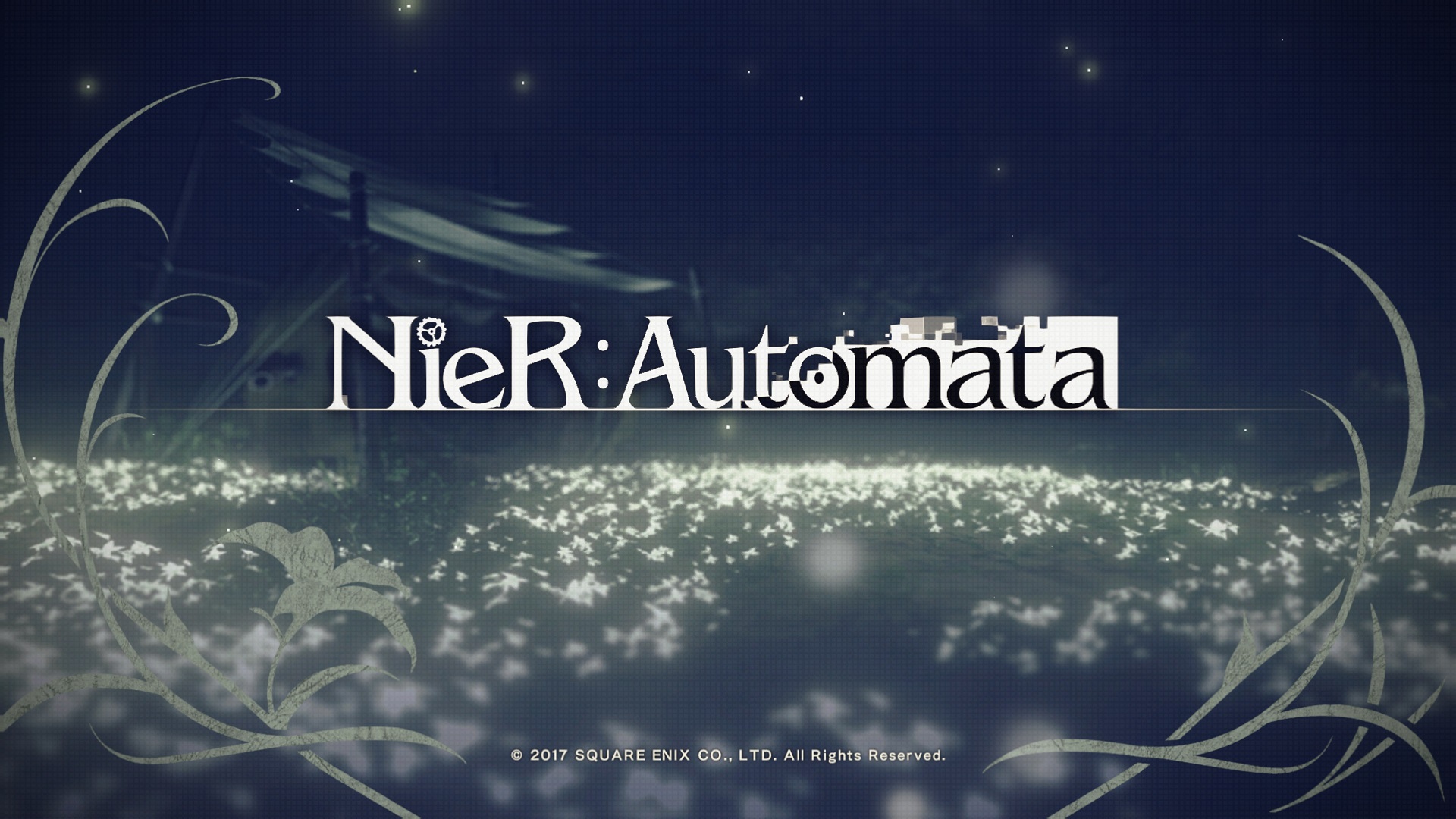
When I played the original NieR more than half a decade ago, I don’t think I could have ever have foreseen how much it’d resonate with me or that it would be one of many titles essential in changing how I view games today. While flawed, the variety in level design, off-kilter writing, fantastic music, and its surprisingly vulgar yet compassionate cast made a huge impact on me.I hardly expected NieR to get a proper sequel, nor could I have imagined how disappointing the final result would be with NieR: Automata.
This article contains significant spoilers regarding NieR and NieR: Automata
I think most people will be surprised or baffled by my feelings. NieR: Automata has the force of PlatinumGames behind its development and reviews have been overwhelming positive. It’s being touted alongside a recent wave of mainstream successes from the Japanese industry.
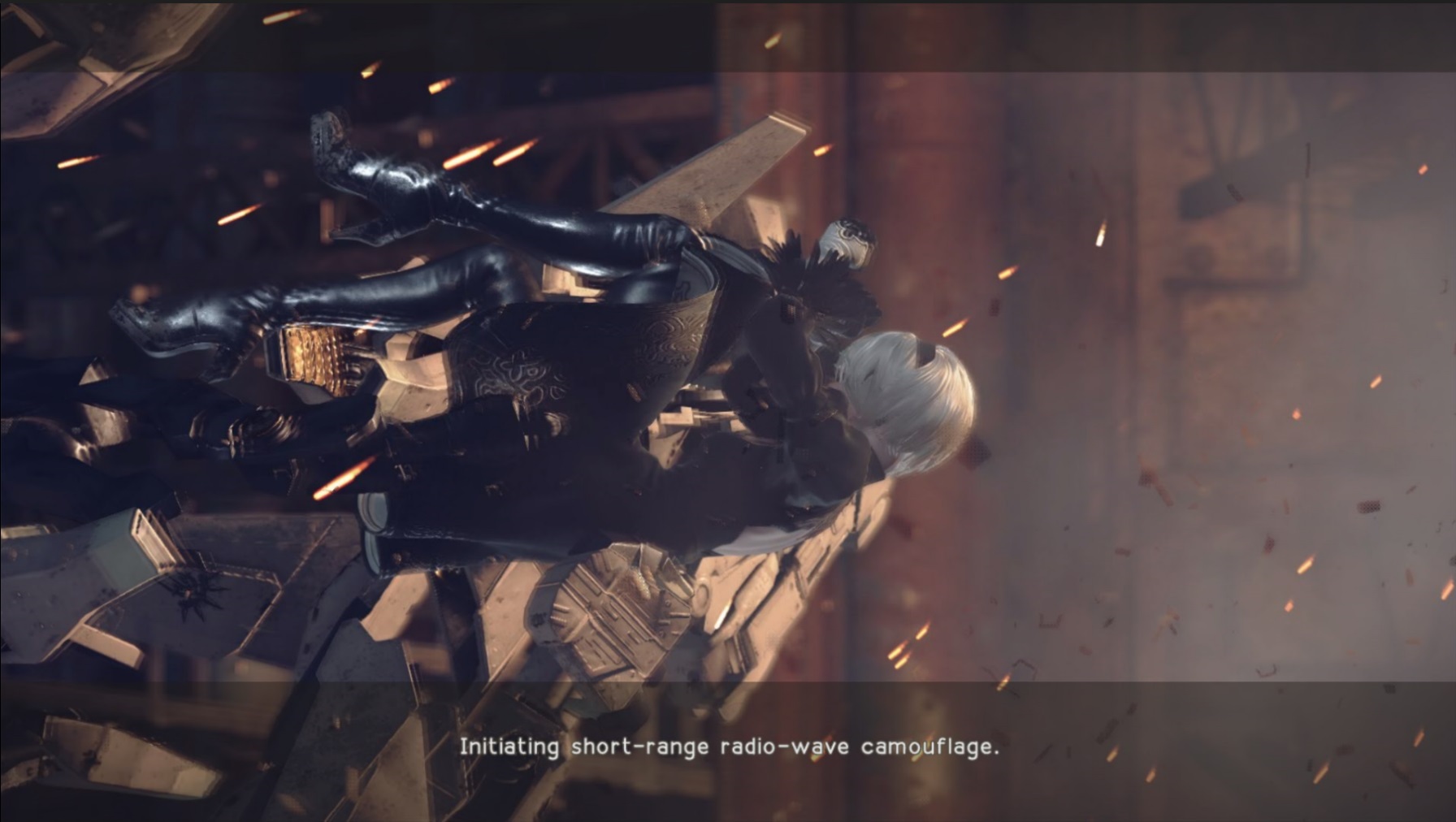
In some ways, NieR: Automata shows promise in its opening scenes. The settings screen is worked into the story as a character helps walk the protagonist through her body’s configuration process. Despite being sold as a third person action title, it opens with a top-down shooter segment. After smashing into a wall, the robot pod companion lists off a huge number warnings and system notifications that all start to overlap each other in frequency as the main character casually bursts out the otherside.
None of the above are particularly unique, but it does set the tone in a way that seems appropriate given the director’s history. If you still have any doubt Yoko Taro is at the helm, the robot orgy you stumble into that somehow births a human-like being will probably change your mind. It’s the right kind of bizarre and weird that makes his tone quite distinguishable.
Unlike the first game, which only presents a moral conundrum around the protagonist’s actions upon on a second playthrough, Automata is up front with questioning the ultimate mission.
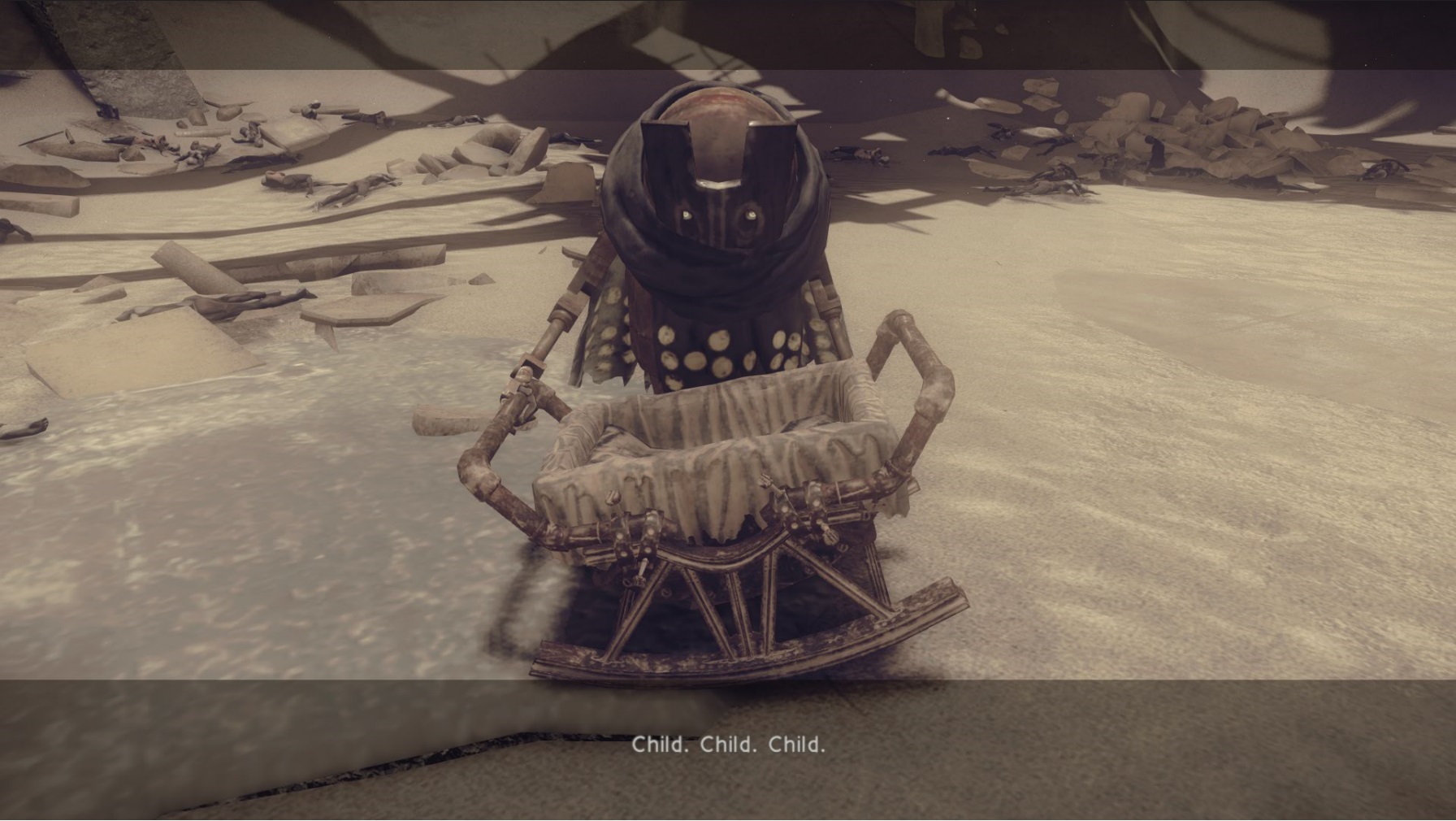
The main character, 2B, is a member of a team of androids created to retake Earth from alien invaders so mankind can return from living on the moon. Immediately upon reaching the Earth’s surface, she finds that robots have taken on human emotions and activities. Despite this, she continues to slaughter them as they beg for mercy and attempt to protect their families. Automata still has the same problem as the previous entry as most enemies aggressively attack the protagonist while also screaming at her to stop, but video games.
Ironically, in the same way NieR: Automata is about the robots’ blind endeavor to imitate humans, this sequel feels like a well-intentioned yet unsuccessful attempt to recapture the main elements of the original. What contributions Automata does try to make, fails to adapt a unique identity.
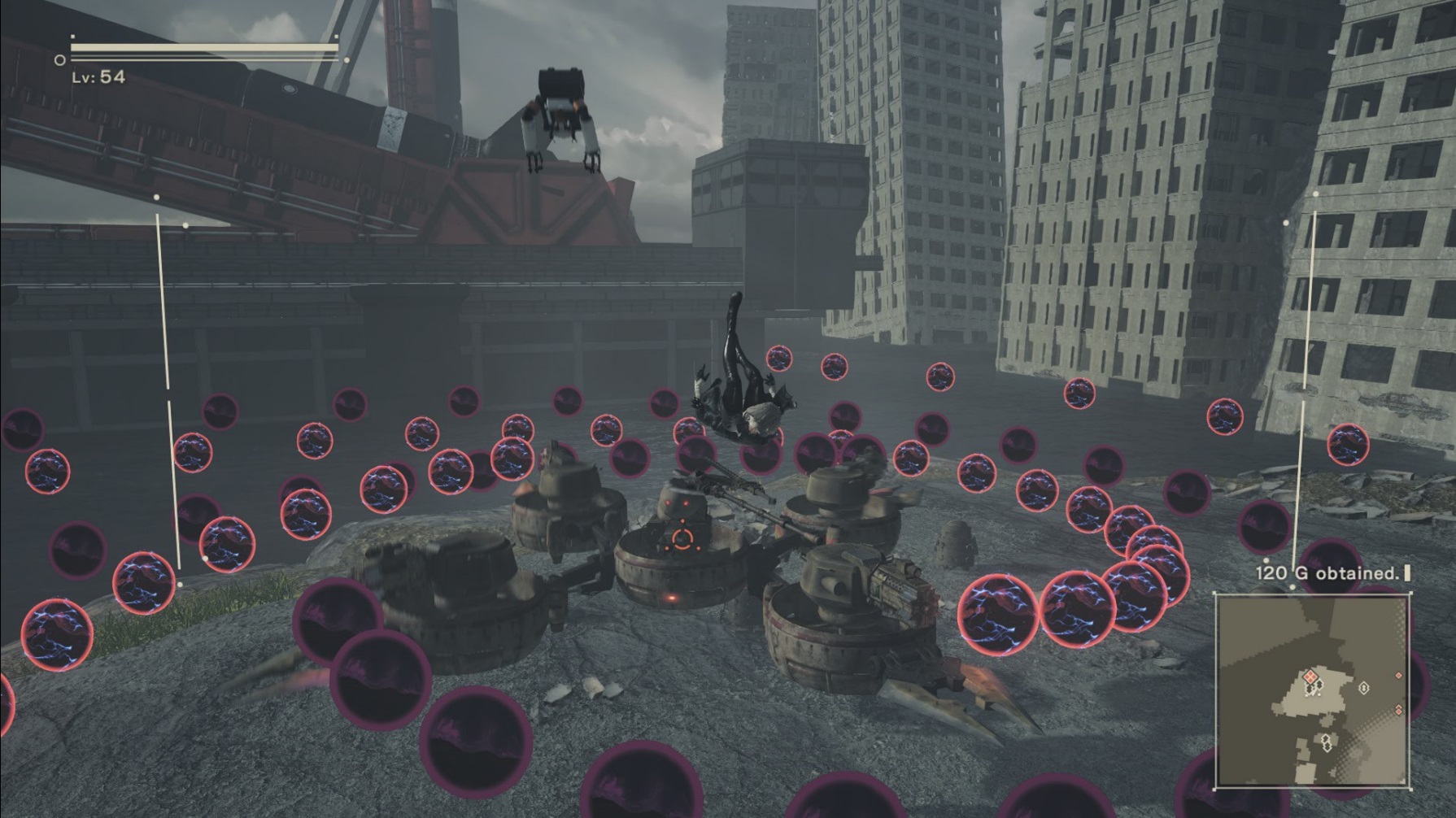
The first NieR received a lot of praise for mixing bullet-hell style shoot ’em up mechanics into a third person melee action game. Automata brings back those the slow moving and screen-filling projectile attacks. It doesn’t particularly add or remove anything to improve this aspect. It’s just kind of there again with a slightly different skin, as the player has more traditional bullets and missiles substituting magic. The lack of MP does encourage the use of these skills more than before.
It’s clear the efforts were focused elsewhere as the title’s most defining feature is that it asks, “what if NieR was also a shoot ’em up?” Significant portions of Automata play as top down and dual stick variations of the genre.
Implementing different styles of on-rails shoot ’em up segments into unrelated genres is something Platinum has done with quite few other releases over the years. They’re often a nice change of pace and a pleasant surprise if it’s your first game by the developer. Although there were occasionally complete genre shifts in the previous NieR, they were often quick one-off side attractions. In the case of Automata, these sections are used far too often to simply be a novelty. They’re a core part of the experience.

The problem that Automata runs into is that the this aspect feels like the skeleton of any other implementation in the genre with minor additions that aren’t accounted for in the challenges presented.
There are three distinct styles of shooter segments in NieR: Automata. Within two, there seems to be an attempt to mirror the combat of the original by mixing in third person action elements.
The top down scrolling segments are the most vanilla. Despite having access to a few melee attacks, they don’t feel integrated with the flow of combat. The movement feels too sluggish to efficiently get in close and the enemy placement largely seems in line with the expectations that you’ll simply shoot foes. Often using the blade leads to unnecessary risks.
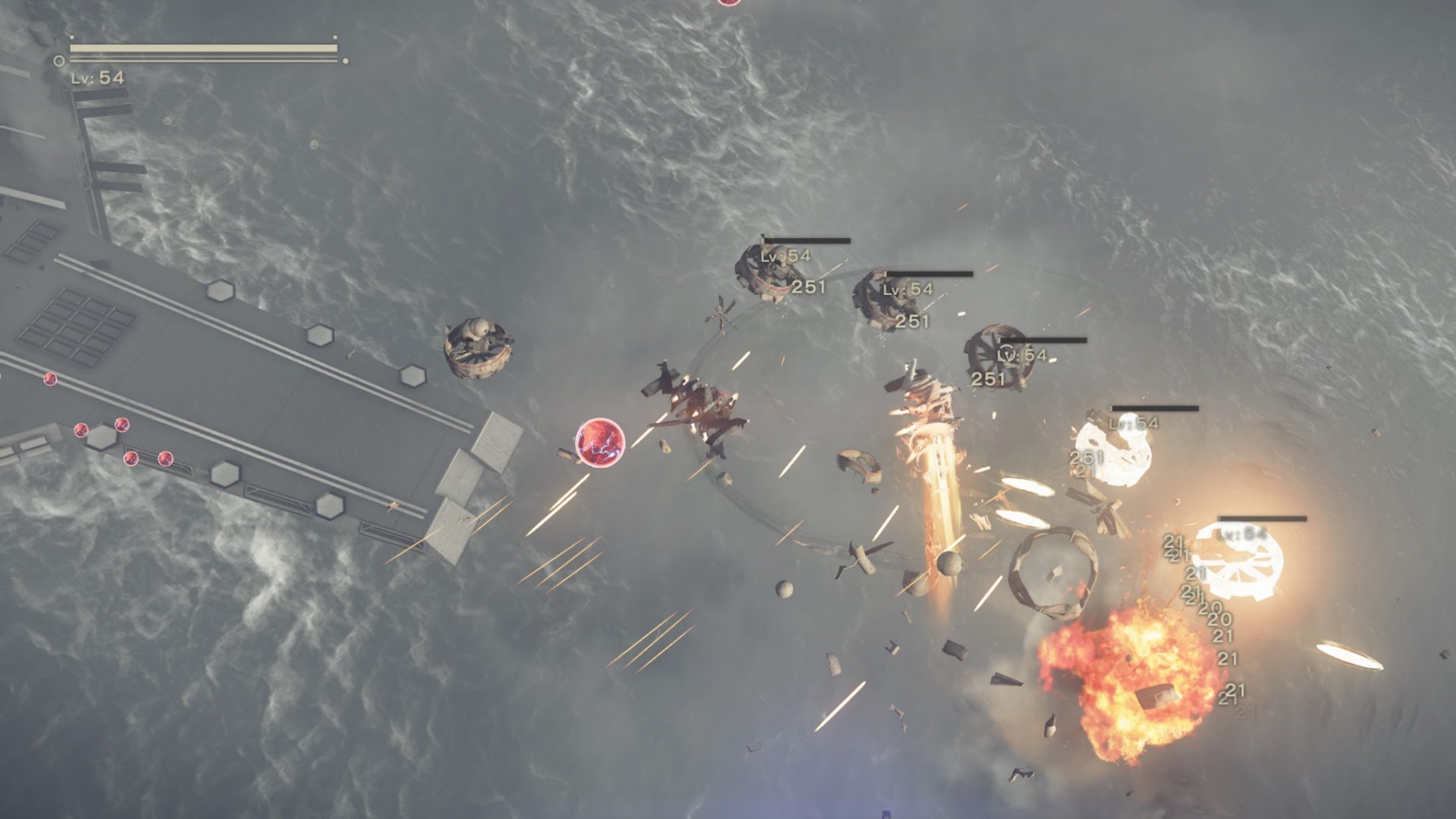
The melee component feels more natural in the dual-stick shooter segments, where the playfield is treated as an arena. Players not only have a faster and more capable slash, but enemies are also placed much closer. It can be pretty satisfying wiping out an entire squad of foes in one or two swipes.
Both of the above styles are ultimately held back by a lack of consideration in the level and enemy design for close-range abilities. What is presented is incredibly limited. The lack enemy and formation variety make each wave predictable and repetitive. There are less than a handful of foes between both sections above – most of which are fodder and not intended to present a challenge.
This is in comparison to the original entry’s bullet hell influences that fundamentally change the typical attack patterns of the genre for some enemies and forces the player to rethink their approach when closing in. Here, at best the sword swipes can be spammed to destroy all incoming enemy fire. Otherwise, it doesn’t ask for anything else.
The third and final shooter segment is “hacking,” which becomes a mainstay on the second playthrough. It largely plays as a simplified version of the dual-stick segments by stripping away all functions outside of firing and moving. They’re at least more environmentally diverse, adding obstacles that can constrict movement or provide cover.
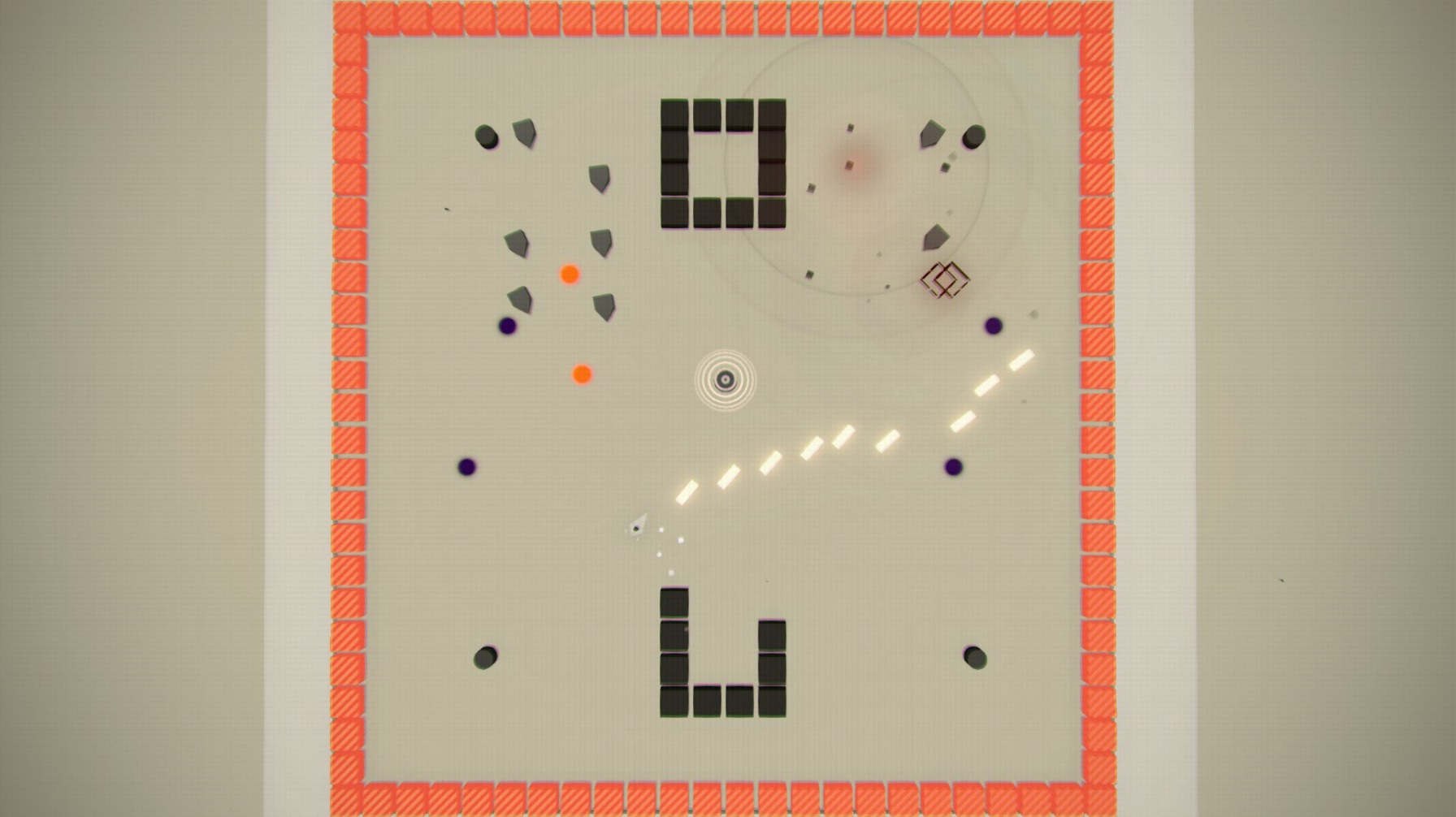
It aesthetically differ from these other shooting segments, though they also suffer from a lack of enemy diversity. How repetitive this gets largely depends on how hard the player leans on this mechanic during battles, as completing a hack successfully will often result in an explosion that can damage multiple foes. You’ll run into the same level designs dozens of times over, which eventually led to me ignoring hacking outside of when it was vital to progression.
The simplicity behind hacking would be much more appreciative if the first two sections mentioned previously featured more depth. Since they don’t, it comes off as more shooting with the pieces that were even potentially interesting removed.
It’s unfortunate since it feels like an attempt was made here to make three different implementations under a single genre. Ultimately the foundation is not well realized enough to diversify them. They have the depth of a novelty mini-game but excessively stretched out across the main story.
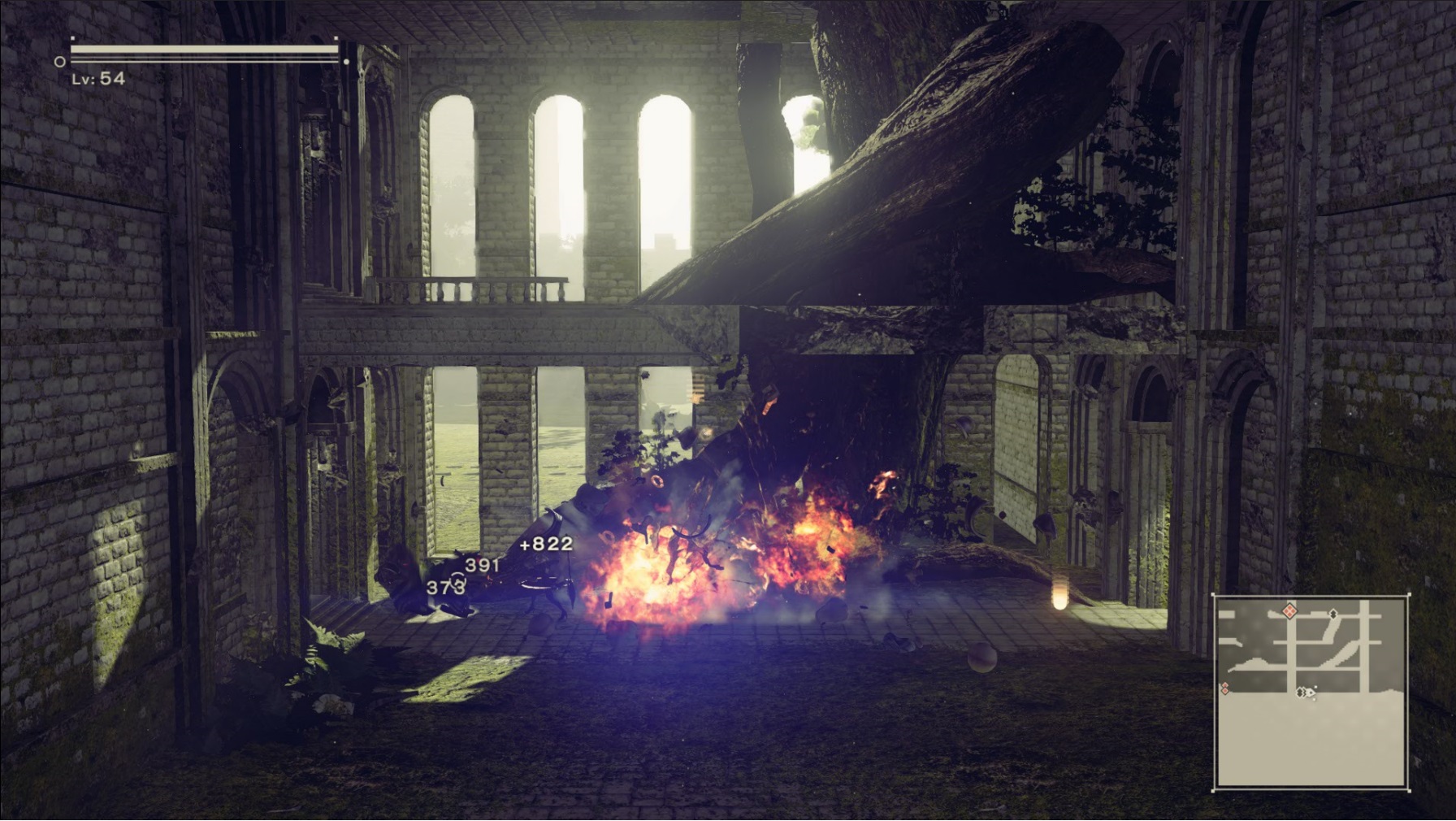
This disappointment extends to the rest of the title as well since Automata fails to build on the subtle layers of variety that the original offers.
The first NieR has a knack of using small changes to the level design and camera positioning that gives many segments a slightly unique bend to them. The desert temple restricts actions for solving puzzles, the mechanical ruins has a literal on-rails shooting segment as you ride a mine cart through a path filled with turrets and flying foes, the haunted mansion features narrow corridors and fixed camera angles like a survival horror game… Rather than simply acting as a different backdrop, each area presents a new experience, perspective or challenge while still remaining within confines of the core mechanics. It rarely revisits these, making them unique to their own areas.
Automata does retain some of these variations from the first release. If sporadic changes between 3D, side-scrolling and top down camera angles is the only part of NieR’s gameplay that stands out to you, I think you’ll be happy. Nevertheless, the lack originality and near in-existence of any other elements outside of these camera changes significantly reduces their impact, making it feel like a hollow call back.
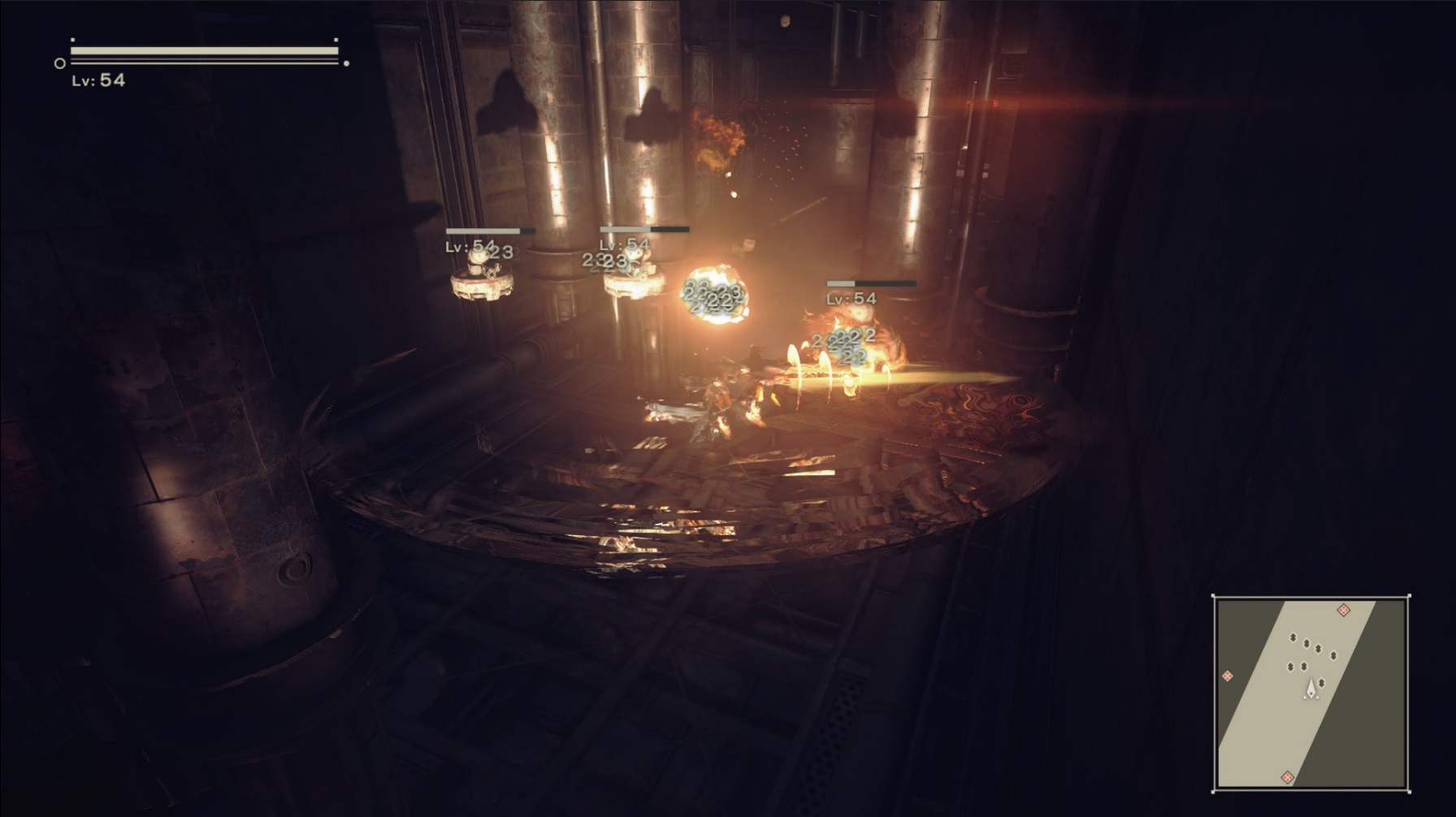
The one exception, and probably the best ten minutes of the whole experience, is a short behind the back mech segment. The tools used are largely the same as the dual stick shooter segments, but the on-rail and auto-scrolling limitations are removed. It allows the player to control their own momentum through this short sequence.
t’s the only time you have this level of freedom using this skill set, outside of a brief re-purposing of it during a boss fight. Rather than simply being spoon fed waves, the player can approach foes on their own. It’s the one part of Automata that lives up to the original. There is a section with hacking into and possessing robots for some stiff platforming. This bit didn’t resonate with me as much, although I appreciate the effort.
The other elements of variety are often shallow and largely automated. The battle when controlling a giant machine is little more than window dressing. You can just spam attack and never get hit. Firing a cannon into the mouth of a giant robot fish requires a few timed button presses, but it’s as simple as waiting for the enemy’s mouth to slowly open. There’s no challenge, depth or player influence. The only reason they feel present is to give a sense of scale. “Look at this big thing. Whoa, it’s really big, right? Wow, you’re controlling it…” except you’re not really.

The third person action combat system does feel significantly different from the previous’ more grounded and precise implementation. Platinum’s combo driven style that focuses on evading and countering to initiate a flashy flurry of slashes is in full force here. This system works best with smaller crowds of enemies.
Automata frequently swarms the player with a dozen or more enemies at a time. It makes sense to unlock the camera from a single foe to perform crowd control. Yet, the game seems to have a hard time disconnecting from a target. Likely in attempt to keep foes within reach to optimize combos, even undoing the lock-on feature will leave a softer automatic targeting system that prioritizes enemies. No matter which way you hold the analog stick, your attacks will be directed at the foe that is invisibly determined as the prime target.
I thought maybe this was a side effect of the combat possibly being designed to stay focused on the enemies in front while simply dodging flanking foes. However, it causes other problems.
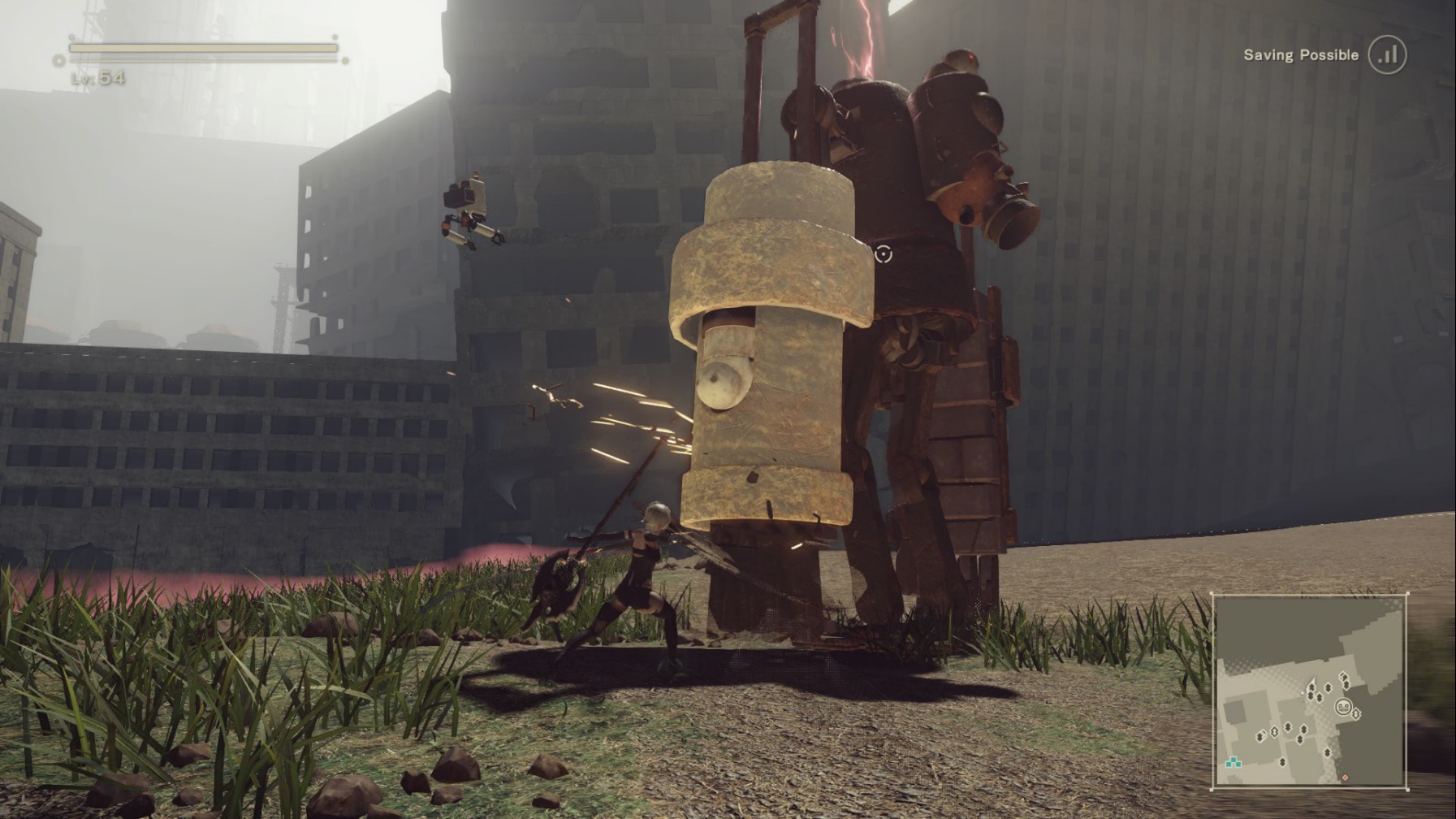
There are fights where enemies have weaponry or pieces of armor that the player should single out and destroy. For some reason, the strikes magnetizes to the center body of the foe. It’s not that the game is locking on to the body instead of these other parts, but that they don’t seem to be considered targets at all despite being intended to be removed. To hit these pieces, they have to be between the main character and the center of the enemy. The armor will get caught in the cross-fire of being unable to reach the main target.
These targeting issues become especially apparent in a late boss fight where a number of tentacles surround the arena with an enemy peeking up over the edge. Even standing right in its face, the character would turn around and swipe at the tentacle beside the boss instead.
That’s not to say that this flaw makes the combat unplayable or that the overall gameplay doesn’t feel satisfying. It works the majority of the time and dodging a foe, knocking them into the air for a combo before slamming them back down feels fantastic. However, in the absence of any other stand out features to define Automata’s combat beyond the twist the original NieR already implemented, this problem sticks out.

Initially, I thought this different combat system might change the feel of the shooter elements added. While it stills makes the player re-think their approach from other releases in the melee action genre, it doesn’t change the implementation in any significant way from the last game.
I was somewhat hopeful throughout the experience that Automata would turn around and start to feel more varied or interesting. That being said, I didn’t expect too much since what Square Enix was showing during their press cycle was pretty bland. What I did expect were characters with an unmistakable Yoko Taro flavor.
The first NieR has a distinct, and in some ways extreme, cast. Every character is drastically different and forced into a specific personality type. Initially, it seems limiting and counter productive to their development. Grimoire Weiss mostly spouts sarcastic and demeaning dialog, Kainé’s vulgar as well as blunt, and Emil is shy and emotional. Despite their eccentricities, they somehow feel human.
At the center of the main cast is NieR, who reflects back at everyone. He shows a fatherly/brotherly compassion towards Emil, exchanges profanities with Kainé and banters with Weiss. Mixing all four of them together as they bounce the conversation around the party somehow forms a perfect mix of crudeness and benevolence in their relationship.
(Video Source: XHolyPuffX)
I think the set of events that best encompasses this in the original is how each individual reacts to Emil’s transformation. Despite Emil mutating into a monster, NieR simply walks over, embraces Emil’s new skeleton body and welcomes him back. As the initial scene is ending, Emil cracks a joke and Weiss isn’t afraid to tell him how his transformation hasn’t changed his awful his sense of humor. The next major scene has Kainé reuniting with the party after five years. She immediately recognizes Emil in his twisted form and thanks him for saving her. Then she looks at NieR, who has been worn and damaged over the years, and says, “you look like shit.”
While Yoko Taro’s previous title, Drakengard 3, isn’t particularly a great game, it still exceeded my expectations when it comes to Yoko Taro’s characters, writing and dialog. So I was kind of shocked that Automata failed my expectations in this aspect.
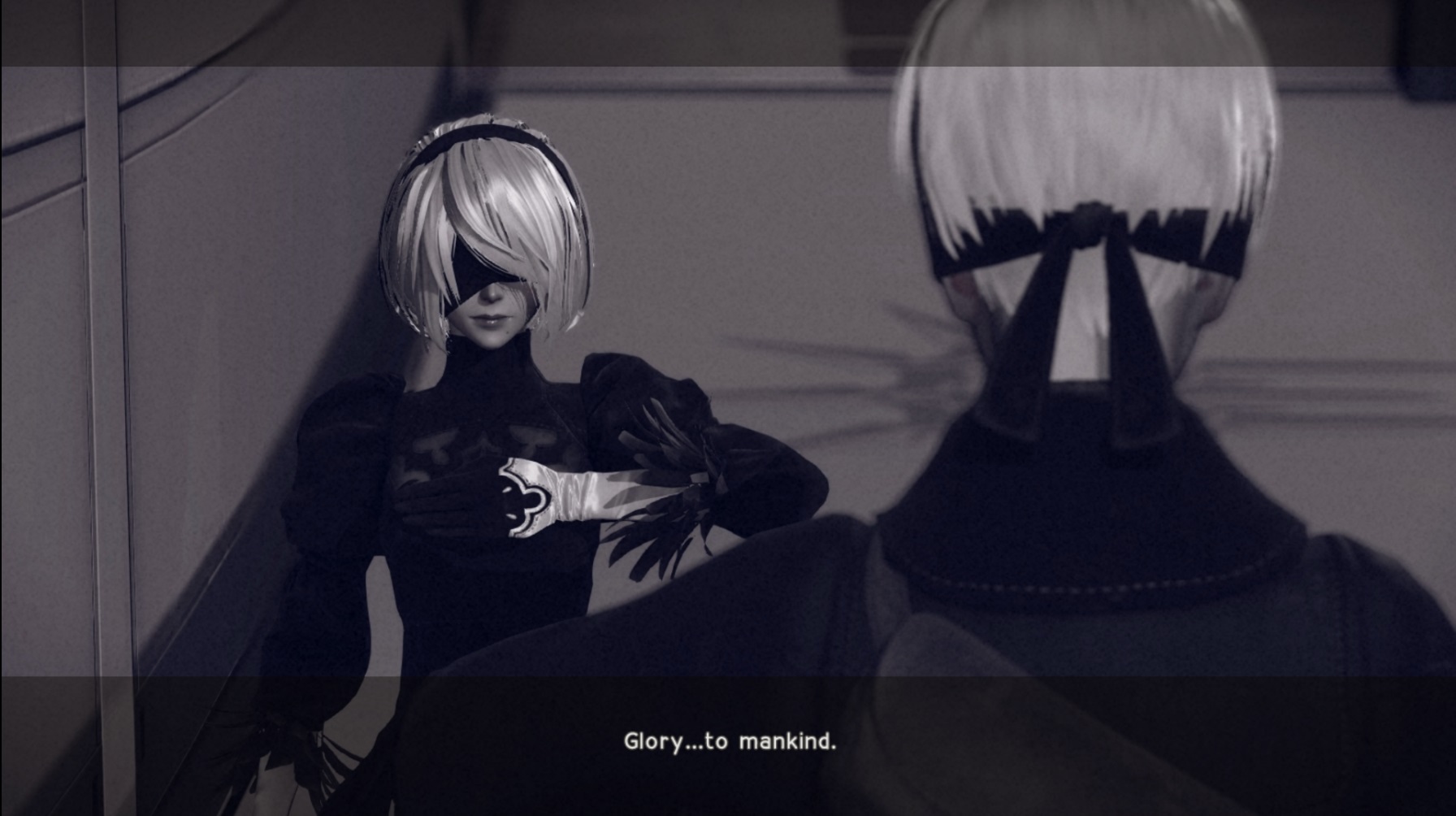
Automata relationships are much more traditional. 2B is the central figure of the plot, but, despite everyone’s love for her curvy body, her personality is as flat as a board. She’s a straight and strict combat android who, once in a blue moon, brushes with the idea of having feelings for her companion, 9S. Her role is almost entirely based on this. Still, she rarely shows it in any significant way to make an impact. At best, their interactions throughout the story are bits of flirtatious dialog. It’s cute, yet never goes anywhere. When the the time does come where it’s supposed to be a heart wrenching scene at the finale of the first arc, so little has happened between them that that it feels devoid of any weight.
It’s only when 2B’s presence is removed in the final path that other characters can develop. 9S’ descent into insanity shows more about his feelings towards 2B than anything that happens when she’s alive. By the time I started getting to know and love 9S, and to some extent A2, the game is over. It’s a fantastic final two hours that puts everything before it to shame. Unfortunately, it took 18 hours of apathy towards anything happening to get there.
I’ve talked to a few people about 2B and generally receive the response of “Well, she’s a combat android. Of course she’s almost a blank slate.” But when she’s the one interacting most with other characters, it makes each conversation feel one-sided. Her being an android is a weak justification since there are plenty of other androids and robots that do give off a strong sense of personality in their limited screen time. For combat models specifically, there’s a data log about an expedition gone wrong that goes out of its way to give military androids identities.
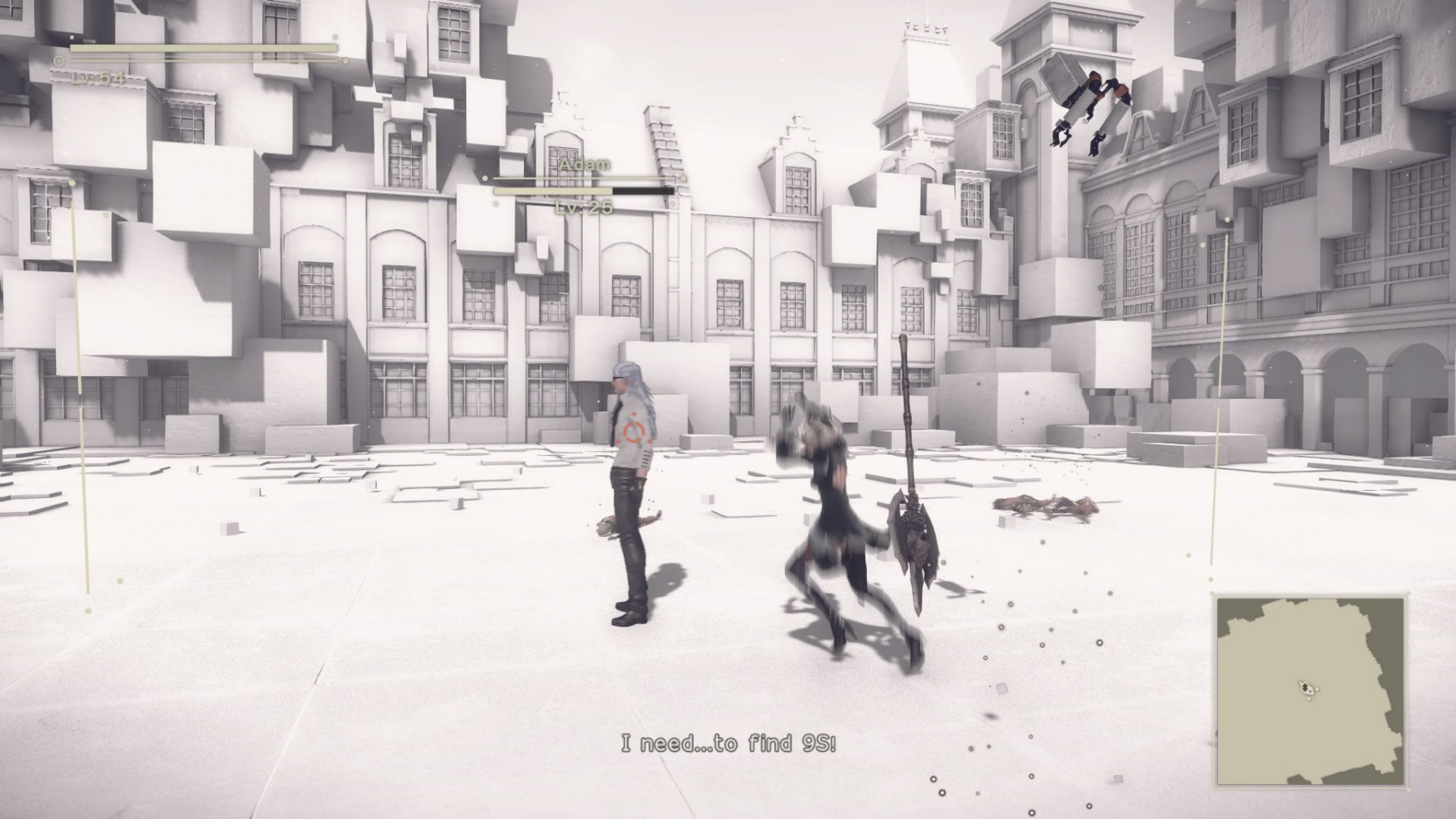
If you like that she’s intentionally a brick wall that rarely shows her cracks, sure. I can’t doubt your opinion. Nevertheless, her being an android alone doesn’t justify her poor performance in the main role of the story. If anything, the pod companions do a much better job of showing a transition from a calculated and analytical mindset to one of compassion for the main characters.
I’m not trying to say that NieR: Automata is hot garbage, but it’s incredibly disappointing. There are some things it does better.
The pacing is significantly improved and feels more conducive to Yoko Taro’s multiple ending format, which layers on vital plot points with each main ending. As much as I love the first title, playing through the back half of the story three to five times to get the full tale was far from ideal. Automata lets you easily jump around and quickly achieve goals without much meaningless repetition in-between.
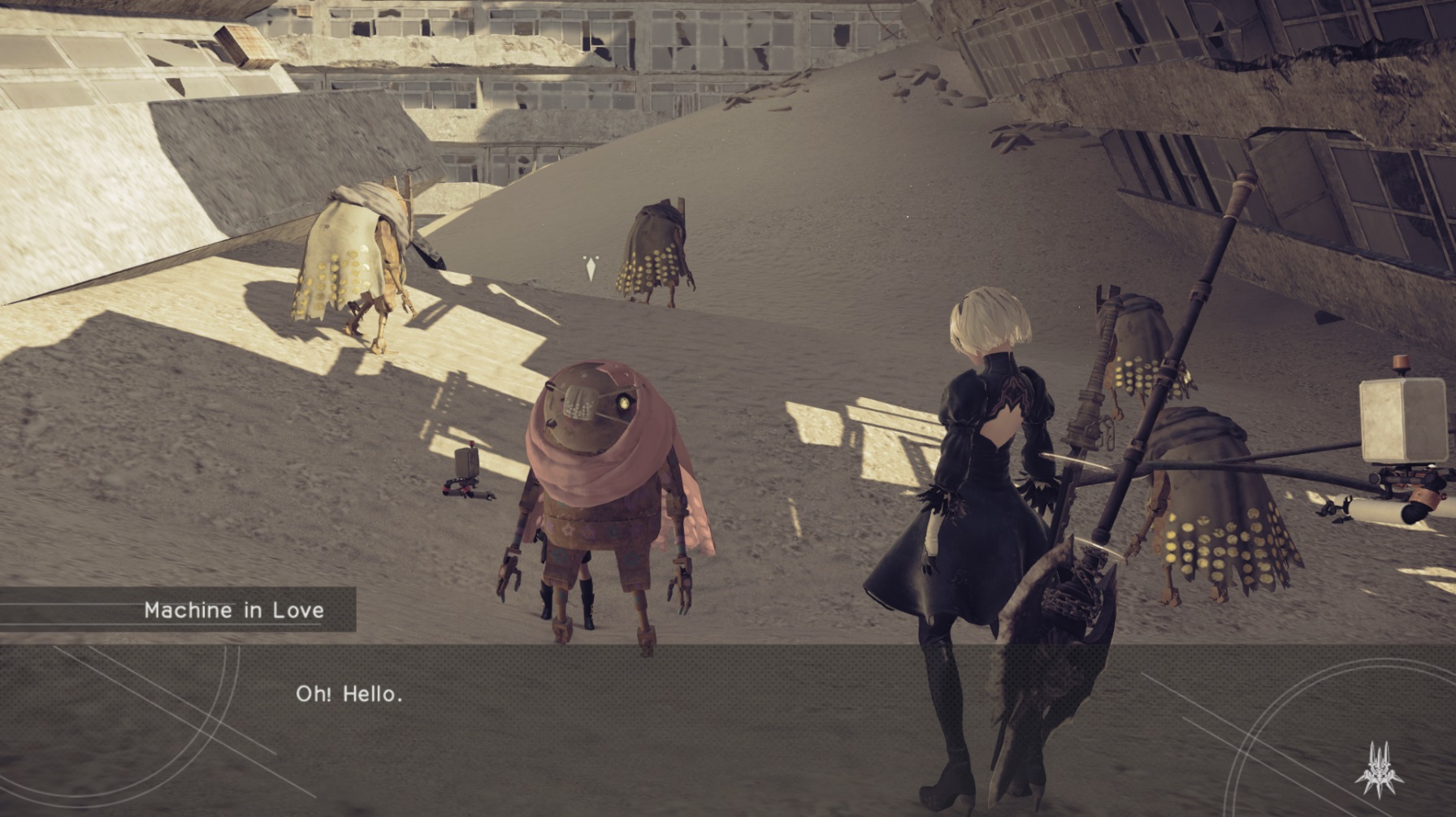
The robots, while very similar to the humanized Shades in the previous game, play a much bigger role. Having more direct interactions with the main characters gives many of them their own personalities and quirks. They are largely homogeneous in design, but those who distinguish themselves with crude make-up and clothing come off as quite charming.
I wouldn’t say the story is even bad. It’s just the personalities and relationships are incredibly straightforward for Yoko Taro, until the final moments.
Automata is undeniably a Platinum game in its combat design for better or for worse. From that perspective, it’s is an exciting step towards the action adventure genre for the developer. I’m not particularly convinced the third person action is necessarily better, rather than simply a different style from the previous entry. I will say Platinum’s combat fits well enough.
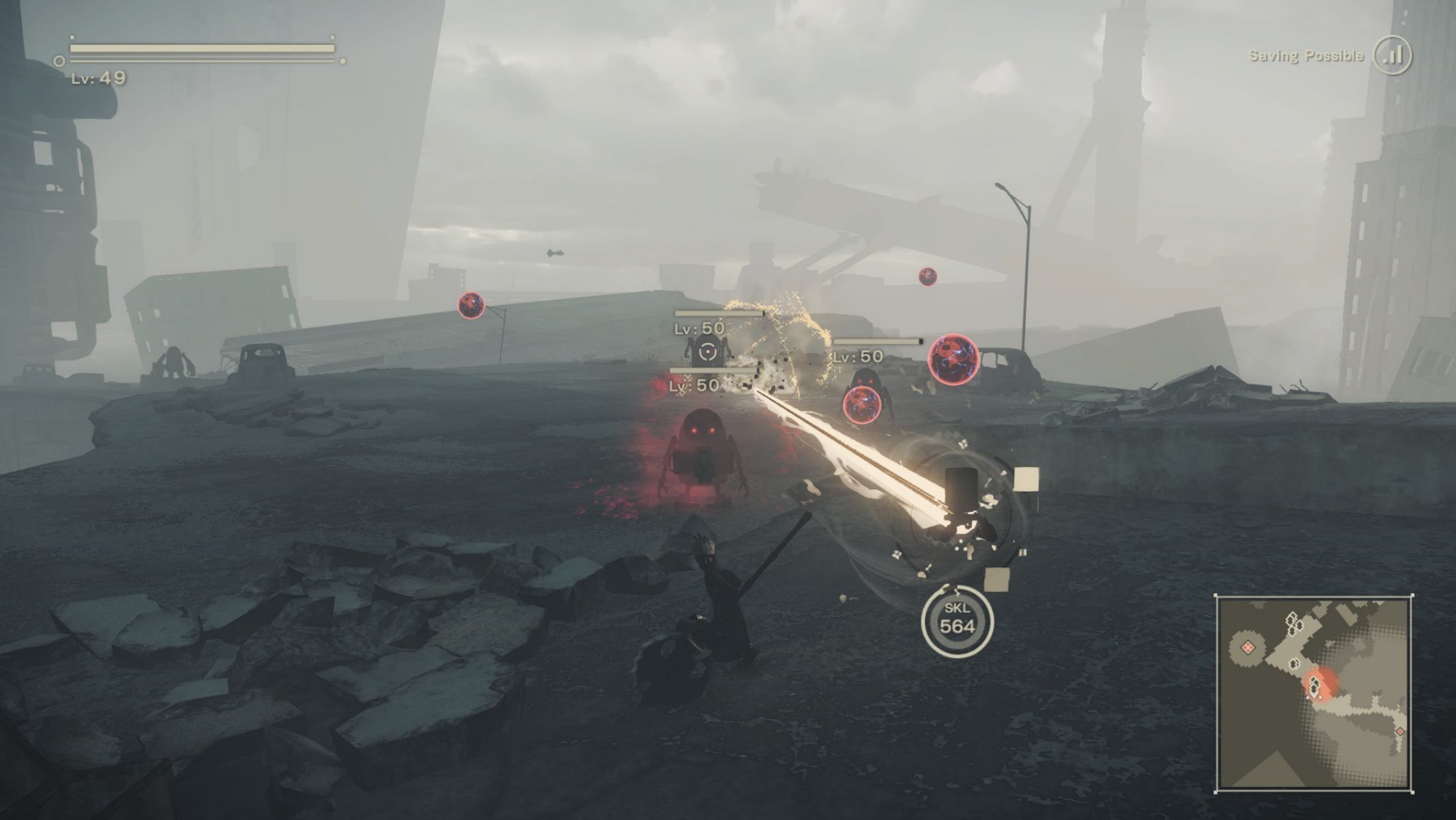
Exactly what I expect from a sequel is a fine line. In no way did I want Automata to simply copy the first NieR. Still, I do think either the spirit needs to be intact or it has to achieve something on its own. What Automata does bring from its predecessor never surpasses, or in some cases doesn’t show it even understands, the standard and precedent set in the original. Where the game tries to pave its own path, it’s unsuccessful in laying the foundation needed to distinguish itself.
NieR: Automata ultimately fails at both being a sequel or re-invention of the franchise.


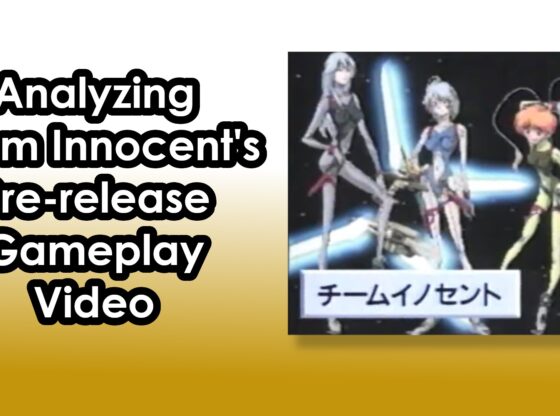

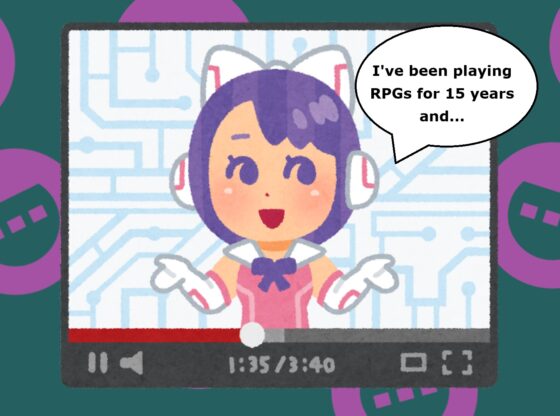
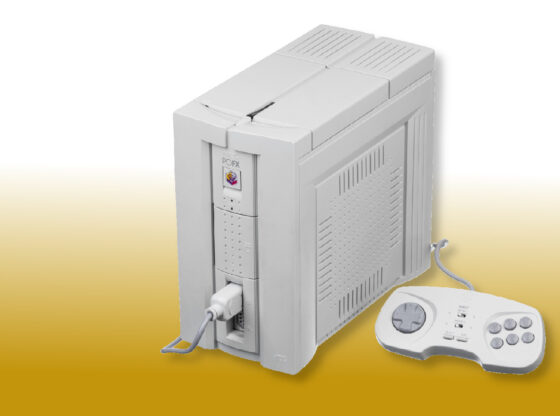
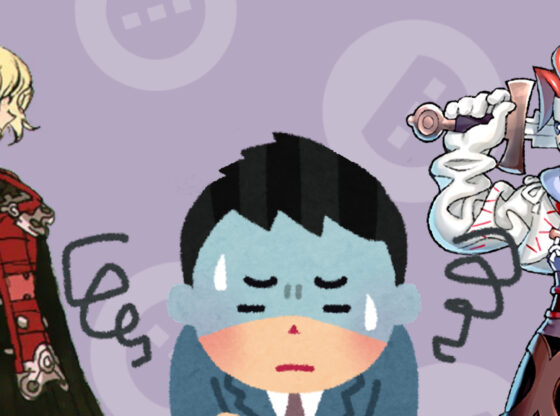
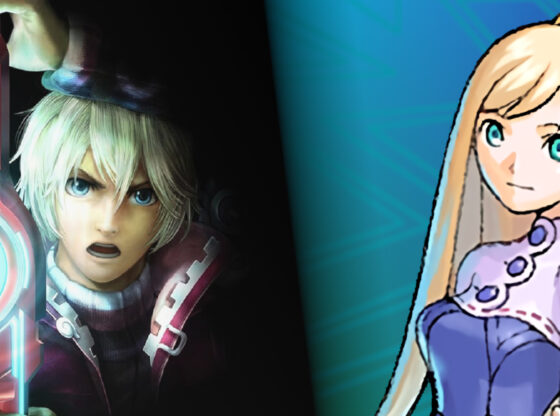
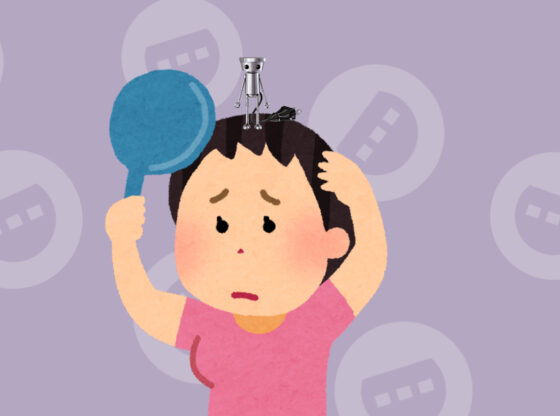
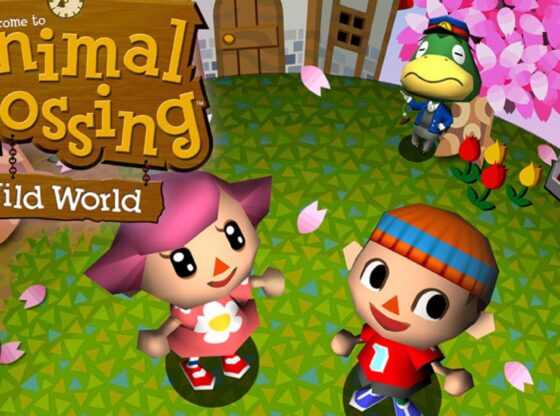

Comments